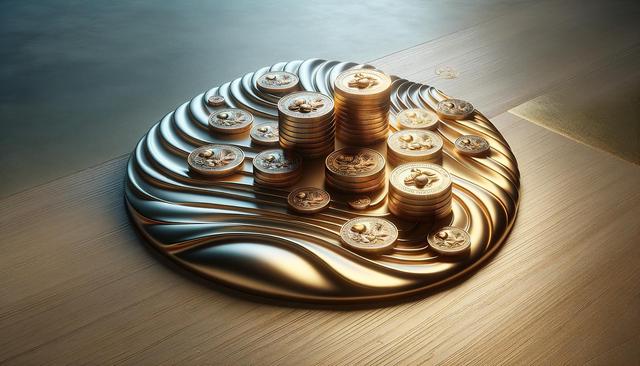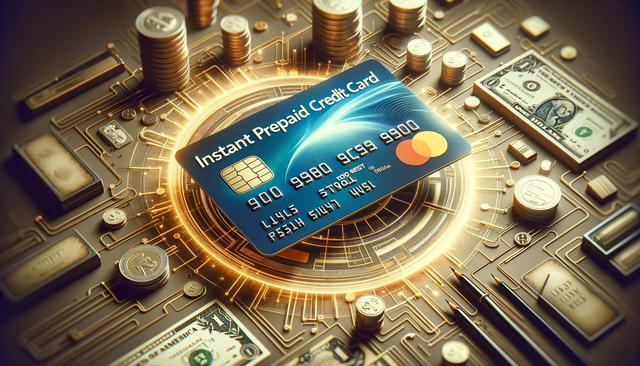Understanding the Value of Rare Coins
Before diving into the world of rare coin investment, it’s important to understand what gives a coin its value. Several factors influence a coin’s worth, including its age, rarity, condition, historical significance, and demand among collectors. Coins that are no longer in circulation and were minted in limited quantities tend to be more valuable. Additionally, coins that are well-preserved and graded by professional services usually command higher prices. Numismatic value—value beyond the face value of the coin—plays a critical role in determining the investment potential. For instance, a common coin in perfect condition may still be worth less than a rare coin in average condition due to its scarcity.
Investing in rare coins requires a foundational knowledge of terminology and coin grading systems. The Sheldon Scale, which ranges from 1 to 70, is commonly used to assess coin condition, with higher numbers representing better preservation. Familiarity with terms like ‘mint state’ and ‘proof’ is also essential. These factors collectively help investors make informed decisions and avoid overpaying for coins that may not appreciate in value significantly over time.
Types of Rare Coins Worth Considering
There are several categories of rare coins that often appeal to investors due to their historical and collectible value. Some of the most popular types include:
- Ancient Coins – Coins from Greek, Roman, or Byzantine eras with historical intrigue.
- Pre-1933 Gold Coins – U.S. gold coins minted before the government recall, often valued for both gold content and rarity.
- Commemorative Coins – Limited mintage coins released to mark special events or anniversaries.
- Error Coins – Coins with minting errors that are sought after due to their uniqueness.
- Colonial and Early American Coins – Coins from the 1600s to early 1800s, offering historical significance and scarcity.
Each type comes with its own set of considerations. For instance, while ancient coins are rich in history, their market can be less predictable. On the other hand, pre-1933 gold coins often have a more stable value due to their bullion content and historical appeal. Diversifying across several categories can reduce risk and increase the chances of long-term returns.
How to Start Building a Rare Coin Portfolio
Starting a rare coin investment journey involves more than just purchasing coins. A disciplined approach begins with setting a budget and investment goals. Are you aiming for short-term gains or long-term appreciation? Once that’s decided, research becomes the next critical step. Reading books, attending coin shows, and joining numismatic societies can offer valuable insights and help you connect with reputable dealers.
Authentication and grading services play a key role in ensuring the legitimacy and condition of coins. Always opt for coins graded by recognized authorities. Investing in coins without proper certification can be risky, especially for newcomers. It’s also smart to:
- Keep records of all purchases, including certificates and receipts.
- Store coins in a secure, climate-controlled environment.
- Consult with an appraiser periodically to assess your collection’s value.
Many seasoned investors recommend starting small and gradually expanding your portfolio as you gain confidence and market understanding. Over time, your collection can evolve into a meaningful and potentially profitable asset.
Risks and Considerations in Coin Investing
Like any investment, rare coins carry certain risks. Market volatility, pricing inconsistencies, and the potential for counterfeit items are some of the primary concerns. The value of a coin can fluctuate based on trends in the collectibles market, changes in precious metal prices, and shifts in collector interest. Additionally, there’s always a risk of purchasing overvalued or misrepresented coins, especially when buying from unverified sources.
To mitigate these risks, investors should work with experienced dealers and stay informed about market trends. Avoid making impulse purchases and take time to verify a coin’s provenance and condition. It’s also advisable to:
- Be cautious of “too good to be true” offers.
- Use multiple sources to determine fair market value.
- Regularly review and adjust your investment strategy based on market performance.
Understanding that coin investing is not a guaranteed path to profit is essential. It requires patience, education, and a passion for the subject. For those who take the time to learn, the rewards can be both financial and personal.
Long-Term Benefits of Rare Coin Investment
One of the key advantages of investing in rare coins is their potential to serve as a hedge against inflation. Unlike paper assets, coins—especially those with intrinsic metal value—can retain or increase in value during economic downturns. Collectible coins also offer portfolio diversification, which can reduce overall investment risk.
Furthermore, rare coins are tangible assets that can be passed down through generations. They often hold sentimental as well as monetary value, making them unique among investment vehicles. In certain cases, collections have appreciated significantly over decades, offering a compelling case for patient, long-term holding strategies.
Investors who focus on acquiring coins with strong historical narratives and limited availability often see the most consistent returns over time. Building relationships with knowledgeable dealers and staying active in the numismatic community can also lead to better opportunities and insights. While no investment is without risk, rare coins offer a blend of artistry, history, and financial potential that appeals to both novice and experienced investors alike.


